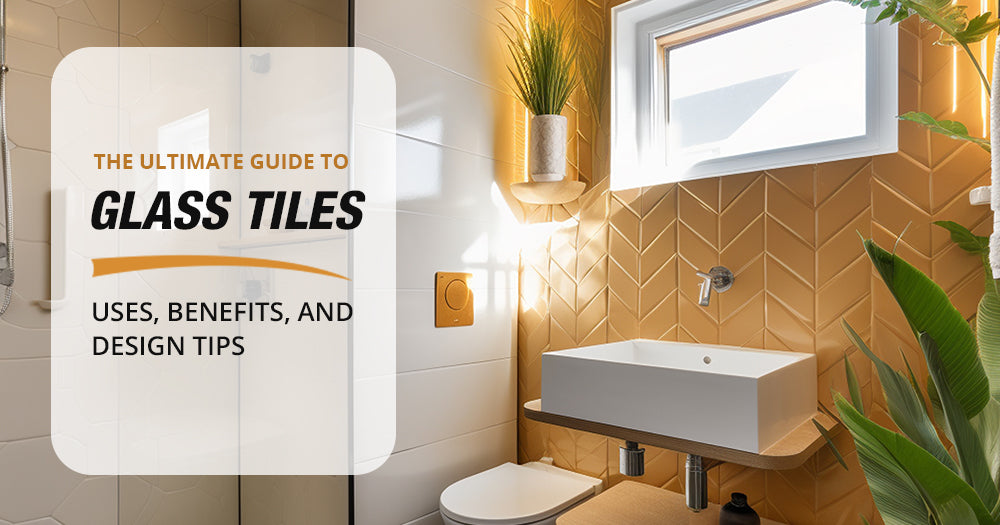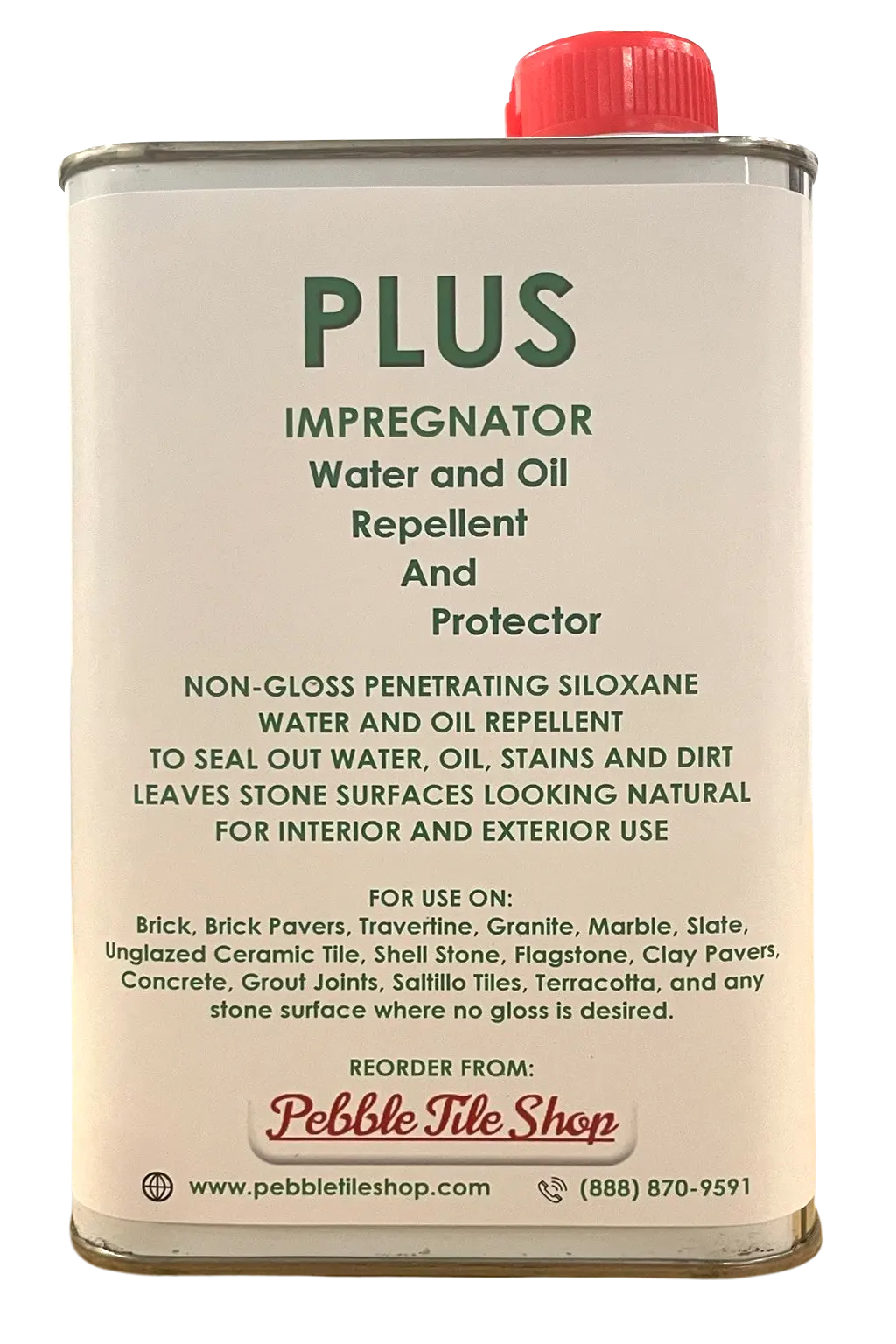Glass tiles have become increasingly popular in modern interior design, offering a unique blend of beauty, versatility, and functionality. These shimmering, translucent tiles can transform any space, from kitchens and bathrooms to living areas and outdoor spaces. In this comprehensive guide, we'll explore the world of glass tiles, discussing their various uses, numerous benefits, and providing expert design tips to help you incorporate these stunning elements into your home or commercial space.
What Are Glass Tiles?
Glass tiles are decorative tiles made from glass that has been cut, shaped, and sometimes colored or textured. They come in a wide variety of shapes, sizes, colors, and finishes, making them a versatile option for many design applications. Glass tiles can be transparent, translucent, or opaque, and they can be manufactured using various techniques, including fusing, casting, and slumping.
Types of Glass Tiles
1. Mosaic Glass TilesThese small, typically square tiles are often used to create intricate patterns or designs. They come in a variety of colors and can be mixed to create unique looks.
2. Subway Glass Tiles
Rectangular in shape, these tiles are inspired by the classic ceramic subway tiles found in urban transit systems. They offer a sleek, modern look in glass form.
3. Large Format Glass Tiles
These larger tiles can create a more seamless look and are often used for statement walls or large backsplashes.
4. Recycled Glass Tiles
Made from recycled glass, these eco-friendly tiles come in various colors and styles, often with a unique, slightly irregular appearance.
5. Iridescent Glass Tiles
These tiles have a special coating that creates a shimmering, color-changing effect when viewed from different angles.
6. Textured Glass Tiles
Featuring raised patterns or textures, these tiles add depth and interest to surfaces.
7. Painted Glass Tiles
These tiles have color applied to the back of the glass, creating a smooth, glossy surface with vibrant color.
Uses for Glass Tiles
1. Kitchen BacksplashesGlass tiles are an excellent choice for kitchen backsplashes, offering easy-to-clean surfaces and the ability to reflect light, making the space feel brighter and more open.
2. Bathroom Walls and Showers
The water-resistant nature of glass tiles makes them ideal for bathroom applications, including shower walls, tub surrounds, and accent walls.
3. Swimming Pools and Spas
Glass tiles are often used in and around pools and spas due to their durability and resistance to chemicals and moisture.
4. Accent Walls
In living rooms, bedrooms, or entryways, glass tile accent walls can create stunning focal points.
5. Fireplace Surrounds
Glass tiles can add a modern touch to traditional fireplaces, creating a unique and eye-catching feature.
6. Outdoor Spaces
Weather-resistant glass tiles can be used to create beautiful outdoor features, such as water fountains or garden walls.
7. Commercial Spaces
In retail stores, restaurants, and hotels, glass tiles can be used to create striking design elements that capture attention and set the mood.
Benefits of Glass Tiles
1. Reflective PropertiesGlass tiles reflect light, helping to brighten spaces and make rooms appear larger. This is particularly beneficial in small or dark areas.
2. Easy to Clean
The smooth, non-porous surface of glass tiles makes them incredibly easy to clean and maintain. They resist stains, mold, and mildew, making them ideal for high-moisture areas.
3. Durability
When properly installed, glass tiles are highly durable and can last for many years without showing signs of wear.
4. Versatility in Design
With a vast array of colors, shapes, and sizes available, glass tiles offer endless design possibilities to suit any style or aesthetic.
5. Eco-Friendly Options
Recycled glass tiles provide an environmentally conscious choice for those looking to reduce their carbon footprint.
6. Color Consistency
Unlike natural stone or ceramic tiles, glass tiles maintain their color over time, resisting fading even in areas exposed to sunlight.
7. Hypoallergenic
Glass tiles do not harbor allergens, making them an excellent choice for those with allergies or sensitivities.
8. Fire Resistance
Glass tiles are naturally fire-resistant, providing an added layer of safety in the home or commercial space.
9. Resale Value
The addition of high-quality glass tile installations can increase the value of a property, making it an attractive feature for potential buyers.
Design Tips for Using Glass Tiles
1. Consider the Color SchemeWhen selecting glass tiles, consider the overall color scheme of the room. Glass tiles can be used to complement existing colors or to add a pop of contrasting color.
Tip: Use a color wheel to find complementary or contrasting colors that work well together.
2. Play with Patterns
Experiment with different patterns to create unique designs. Herringbone, basketweave, and chevron patterns can add visual interest to your space.
Tip: For a cohesive look, repeat patterns or colors found in other elements of the room.
3. Mix and Match
Don't be afraid to mix different types, sizes, or colors of glass tiles to create a custom look.
Tip: Use larger tiles as a base and incorporate smaller mosaic tiles as accents or borders.
4. Consider Lighting
Take advantage of the reflective properties of glass tiles by strategically placing them near light sources to maximize brightness.
Tip: Install under-cabinet lighting in kitchens to enhance the sparkle of glass tile backsplashes.
5. Create Focal Points
Use glass tiles to create eye-catching focal points in a room, such as an accent wall or a decorative inlay in a shower.
Tip: Use contrasting grout colors to make intricate patterns stand out.
6. Balance with Other Materials
Combine glass tiles with other materials like stone, wood, or metal to create a balanced and interesting design.
Tip: Use glass tiles as an accent alongside larger format ceramic or porcelain tiles for a cost-effective yet stylish look.
7. Consider Scale
Choose tile sizes that are appropriate for the space. Larger tiles can make small spaces feel bigger, while smaller tiles can add detail and interest to larger areas.
Tip: In small bathrooms, consider using larger glass tiles on the walls and smaller mosaic tiles on the floor to create balance.
8. Use Grout Strategically
The choice of grout color can significantly impact the overall look of your glass tile installation. Matching grout colors create a seamless appearance, while contrasting colors highlight the tile pattern.
Tip: Use darker grout in high-traffic areas to help hide dirt and stains.
9. Incorporate Texture
Mix smooth glass tiles with textured ones to add depth and interest to your design.
Tip: Use textured glass tiles in shower areas to provide additional slip resistance.
10. Consider Maintenance
While glass tiles are generally easy to maintain, some finishes (like iridescent or metallic) may require more careful cleaning. Consider this when choosing tiles for high-use areas.
Tip: Use a pH-neutral cleaner and a soft cloth to clean glass tiles to avoid scratching or dulling the surface.
Installation Considerations for Glass Tiles
Proper installation is crucial for achieving a beautiful and long-lasting glass tile application. Here are some key considerations:1. Substrate Preparation
Ensure that the surface beneath the tiles is clean, dry, and level. Any imperfections in the substrate can be visible through transparent or translucent glass tiles.
2. Adhesive Selection
Use a white, polymer-modified thinset mortar specifically designed for glass tile installation. The white color helps maintain the true color of the tiles, especially with transparent or light-colored tiles.
3. Cutting Techniques
Glass tiles require special cutting tools, such as a wet saw with a diamond blade designed for glass. Smooth any cut edges to prevent injury during installation.
4. Spacing and Alignment
Use spacers to ensure even gaps between tiles. Proper alignment is crucial, especially with transparent tiles where the adhesive lines may be visible.
5. Grout Selection
Choose a non-sanded grout for glass tiles to avoid scratching the surface. For wet areas, use a waterproof epoxy grout for added durability.
6. Expansion Joints
Include expansion joints in large installations to allow for natural movement and prevent cracking.
7. Sealing
While glass tiles themselves don't need sealing, the grout lines should be sealed in wet areas to prevent moisture penetration.
8. Professional Installation
For complex designs or large projects, consider hiring a professional tile installer experienced in working with glass tiles.
Maintaining Glass Tile Installations
Proper maintenance will ensure that your glass tile installation remains beautiful for years to come. Here are some tips:1. Regular Cleaning
Clean glass tiles regularly with a pH-neutral cleaner and a soft cloth or sponge. Avoid abrasive cleaners or scrubbers that could scratch the surface.
2. Addressing Stains
For stubborn stains, use a mixture of baking soda and water to create a paste. Apply it to the stain, let it sit for a few minutes, then wipe clean with a damp cloth.
3. Grout Maintenance
Clean grout lines regularly with a soft brush and a mixture of warm water and mild detergent. For tougher stains, use a specialized grout cleaner.
4. Resealing Grout
Reseal grout lines annually in wet areas to maintain water resistance and prevent mold and mildew growth.
5. Avoiding Scratches
Use coasters under glasses and placemats under dishes to prevent scratches on glass tile countertops or tabletops.
6. Prompt Spill Cleanup
Wipe up spills immediately, especially acidic substances like wine or citrus juices, to prevent etching or staining.
7. Professional Cleaning
Consider having your glass tile installations professionally cleaned and resealed every few years, especially in high-use areas.
Trends in Glass Tile Design
As with all aspects of interior design, trends in glass tile usage evolve over time. Here are some current trends to consider:1. Oversized Tiles
Large format glass tiles are gaining popularity, offering a sleek, modern look with fewer grout lines.
2. Textured Surfaces
Textured glass tiles add depth and interest to surfaces, creating a tactile experience in addition to visual appeal.
3. Metallic Finishes
Glass tiles with metallic finishes or inclusions are trending, adding a touch of glamour to spaces.
4. Ombre Effects
Creating gradual color transitions using different shades of glass tiles is a popular technique for creating stunning visual effects.
5. Geometric Patterns
Bold geometric patterns using glass tiles are being used to create eye-catching feature walls and backsplashes.
6. Mixed Materials
Combining glass tiles with other materials like stone, wood, or metal is a growing trend in creating unique, textured surfaces.
7. Sustainable Options
The use of recycled glass tiles and other eco-friendly options is increasing as environmental consciousness grows.
Challenges and Considerations
While glass tiles offer many benefits, there are some challenges to consider:1. Cost
Glass tiles can be more expensive than some other tile options, particularly for high-end or custom designs.
2. Installation Complexity
Installing glass tiles can be more challenging than other types of tiles, potentially leading to higher installation costs.
3. Transparency
The transparent nature of some glass tiles means that any flaws in the adhesive or substrate may be visible, requiring meticulous installation.
4. Weight
Glass tiles can be heavier than ceramic or porcelain tiles, which may require additional support in some installations.
5. Chipping and Cracking
While durable, glass tiles can chip or crack if subjected to heavy impacts. Repairs can be challenging and may require replacing entire tiles.
6. Temperature Sensitivity
In extreme temperature environments, glass tiles may expand and contract more than other materials, potentially leading to cracking if not properly installed.
7. Glare
In areas with strong lighting, highly reflective glass tiles may create unwanted glare. This should be considered when planning lighting and tile placement.
Future of Glass Tiles
The future of glass tiles looks bright, with ongoing innovations in manufacturing and design:1. Smart Tiles
Integration of technology, such as LED lighting or touch-sensitive surfaces, into glass tiles.
2. Enhanced Durability
Development of even more durable glass formulations to expand the use of glass tiles in high-traffic areas.
3. Advanced Textures
Creation of more complex and intricate textures to mimic natural materials or create unique tactile experiences.
4. Improved Sustainability
Continued focus on developing more eco-friendly production methods and increasing the use of recycled materials.
5. Custom Digital Printing
Advancements in digital printing technology allowing for highly customized designs and patterns on glass tiles.
6. Photovoltaic Glass Tiles
Development of glass tiles that can harness solar energy, combining aesthetics with functionality.
Conclusion
Glass tiles offer a unique combination of beauty, versatility, and functionality that make them an excellent choice for a wide range of design applications. From sleek kitchen backsplashes to stunning bathroom retreats, glass tiles can transform any space with their reflective properties and endless design possibilities.While they may present some challenges in terms of cost and installation complexity, the benefits of glass tiles - including their durability, ease of maintenance, and ability to brighten spaces - often outweigh these considerations. By carefully selecting the right type of glass tiles and following proper installation and maintenance procedures, you can create stunning, long-lasting surfaces that will enhance the beauty and value of your home or commercial space.
As trends evolve and technology advances, we can expect to see even more innovative uses for glass tiles in the future. Whether you're drawn to the eco-friendly appeal of recycled glass tiles, the sleek modernity of large format tiles, or the intricate beauty of mosaic designs, there's a glass tile solution to suit every style and need.
For those ready to explore the world of glass tiles, Tile Hub, an online tile store, offers an extensive collection of high-quality glass tiles to suit any project. Visit to discover a wide range of glass tile options, from classic subway tiles to cutting-edge designs. With their quality products and your creativity, you can create stunning glass tile installations that will be admired for years to come.







